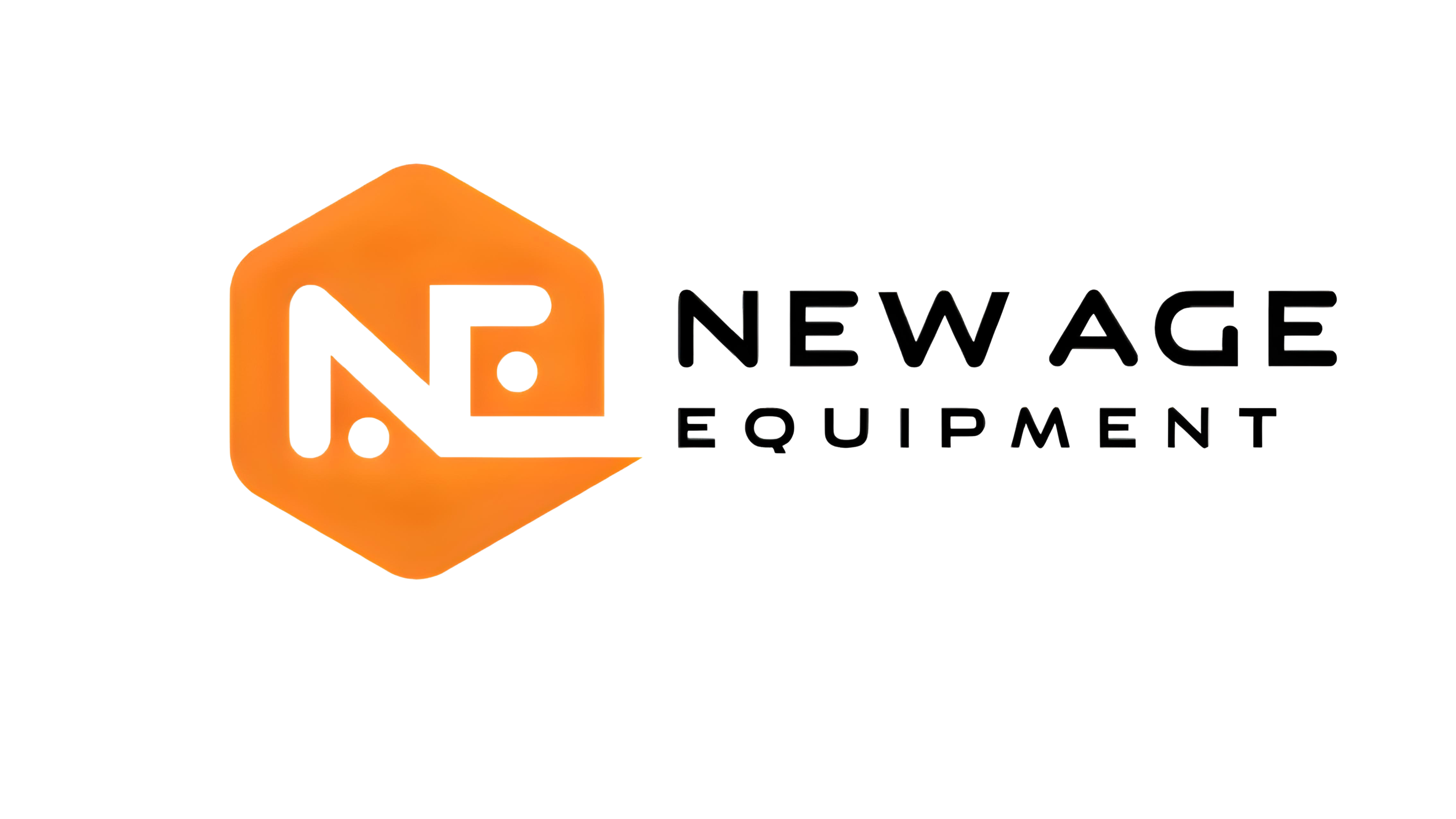Fraud in Your Workplace - from Bradstreet & Associates
Heaven forbid – but, if you have some underhanded activities going on at your company – the culprit is often someone that you suspect the least. The numbers below are alarming. And, I wonder how many fraudsters are never caught.
-Mark Bradstreet
Inventory is short, money is missing from the till, or you’re reimbursing an employee for bogus T&E costs. These are all examples of employee fraud. It’s probably not a question of whether you experience it but rather how much employee fraud is costing your business.
According to the Association of Certified Fraud Examiners’ 2018 Report to the Nations on Occupational Fraud and Abuse, workplace fraud is widespread.
Here are some alarming statistics:
- The median loss to a small business (fewer than 200 employees) is $200,000, which is nearly double the amount ($104,000) for larger companies.
- The most common schemes in small businesses include corruption, billing, check and payment tampering, expense reimbursements, skimming, and cash on hand. Fraud is primarily detected by a tip, although management review and internal audits are also useful.
- Almost half (48%) of fraud in companies of all sizes is by rank-and-file employees, although management isn’t far behind (31%). In small businesses, 29% of frauds are perpetrated by an owner or executive.
What do these stats mean to you?
These statistics should be a wake-up call for you to put business practices in place that can minimize the risk of fraud by your employees. The report found that small businesses typically have fewer anti-audit controls than large companies, leaving them more vulnerable to fraud. But you can take action that will help. Here are some ideas to use:
• Code of conduct
• Data monitoring and analysis
• Dedicated fraud team
• External audits
• Formal fraud risk assessments
• Fraud training for managers and employees
• Job rotation and mandatory vacations
• Physical barriers (alarms, limited access to cash, cameras, etc.)
• Rewards for whistle-blowers
Insurance protection
Check your current business policy to see what is and what is not covered in the way of theft. You may need employee theft coverage (“employee dishonest coverage”) as an add-on to your existing business owner’s policy (BOP). Even assuming your policy covers employee theft, it could have a cap as little as $10,000 or $25,000; given that the average theft is over $100,000, you may want to raise the limit. Talk with your insurance agent to understand what your current policy covers and what changes you can make to obtain better protection in case of employee fraud.
Final thought
Today, with computers it’s easier than ever for employees to commit fraud. Pay special attention to controls over your data and access to sensitive company information (bank accounts, customer lists, etc.). The Computer Fraud and Abuse Act (“CFAA”) is a federal law that prohibits intentionally accessing a computer without authorization. It has been used successfully by employers in certain situations to obtain civil penalties against former employees who take information from company computers.
This week’s author – Mark Bradstreet
Thank you for all of your questions, comments and suggestions for future topics. As always, they are much appreciated. We also welcome and appreciate anyone who wishes to write a Tax Tip of the Week for our consideration. We may be reached in our Dayton office at 937-436-3133 or in our Xenia office at 937-372-3504. Or, visit our website.
–until next week.













